Julie Brazil and Emer McGarry look at Jack Butler Yeats’ images of Irish Travellers and the wandering poor, which provide a glimpse of his consistent interest in those who lived a nomadic life
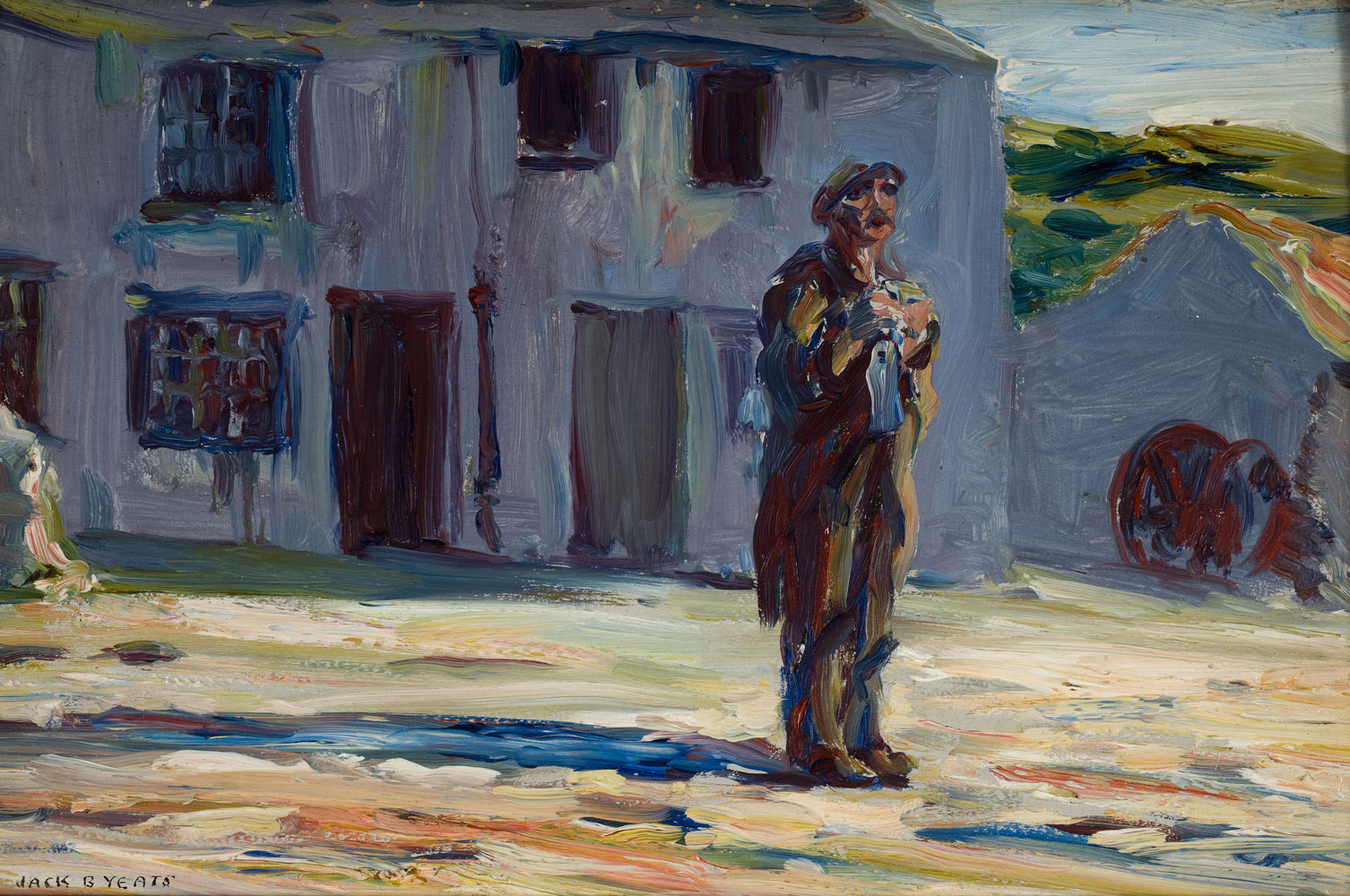
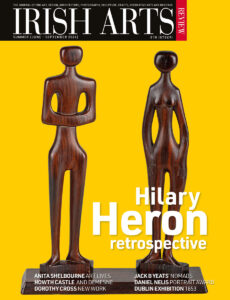
‘The Wandering Gaze’ at The Model in Sligo examines nomadism as a vibrant theme in the work of Irish artist Jack Butler Yeats (1871–1957). Yeats’ earlier work is notable for its representation of a broad spectrum of Irish life. He obsessively observed and documented many different wanderers who existed within Irish society. In particular, he depicted the wandering poor, who worked and lived in both rural and urban spaces, where symbiotic relations developed between nomadic and settled communities.
Jack Yeats was born in London in 1871. His parents, the artist John Butler Yeats and Susan Pollexfen, were part of the Anglo-Irish ascendency, and both had familial roots in Sligo. Together they had four children who survived into adulthood – the writer, William, Susan (known as Lily), Elizabeth (known as Lolly), and the artist, Jack. As children, their lives were divided between London, Dublin and Sligo, as their restless father sought to establish himself on the artistic stage. Of the four children, it was only Jack who spent large parts of his formative years in Sligo, living with his Pollexfen grandparents from the age of eight to the age of sixteen. In 1887, he joined his parents in London, where he studied art before embarking on a career as an illustrator.
To read this article in full, subscribe or buy this edition of the Irish Arts Review
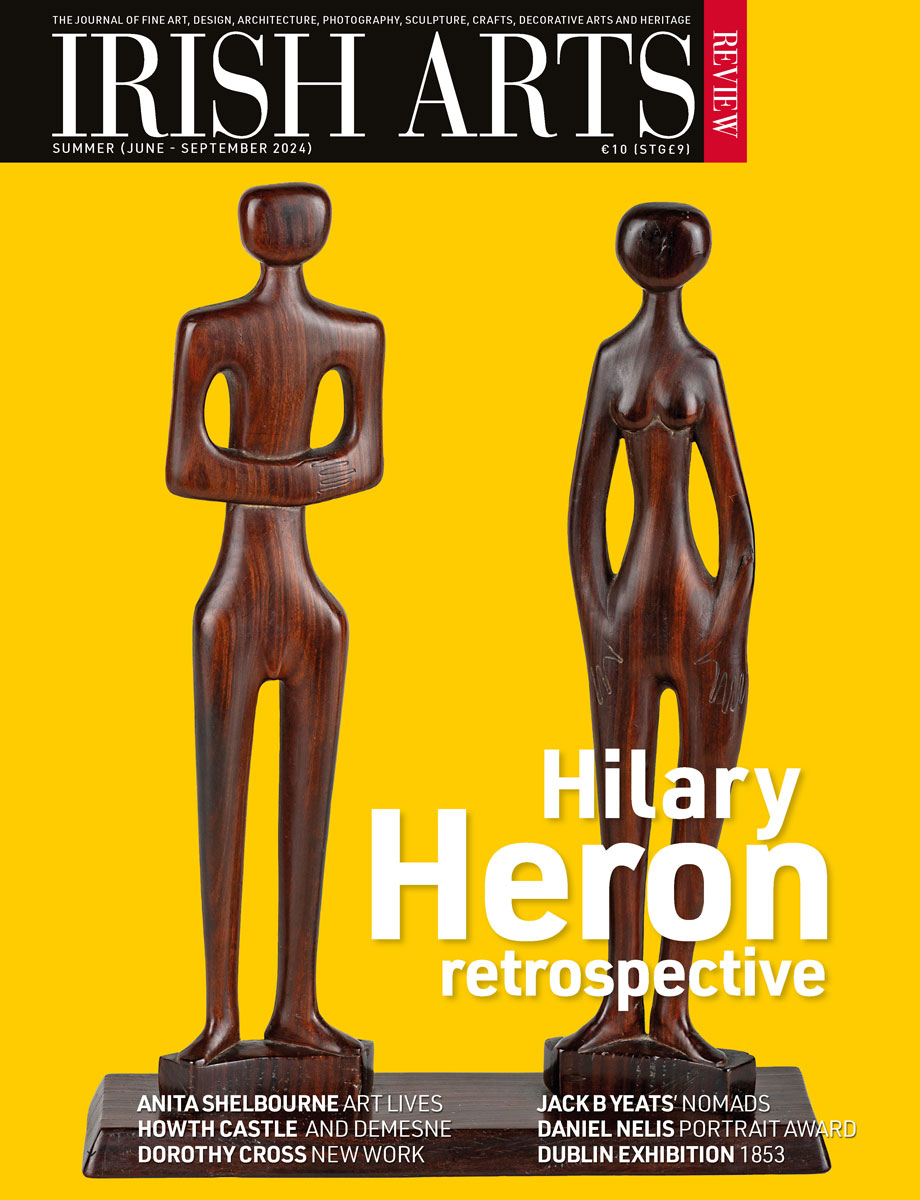
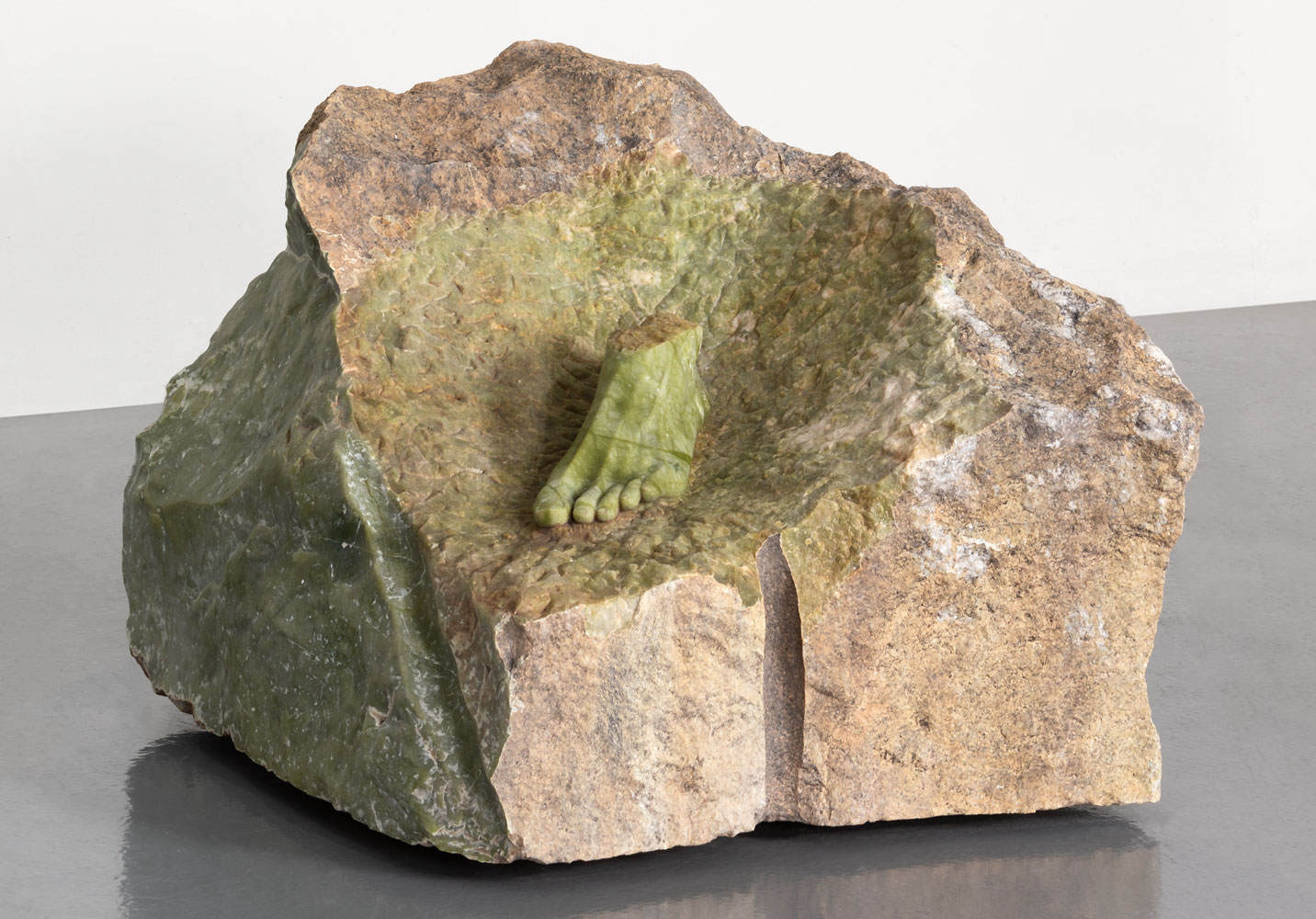
Dorothy Cross’ new work feels explicitly relevant to the times we are living in, writes Francis Halsall
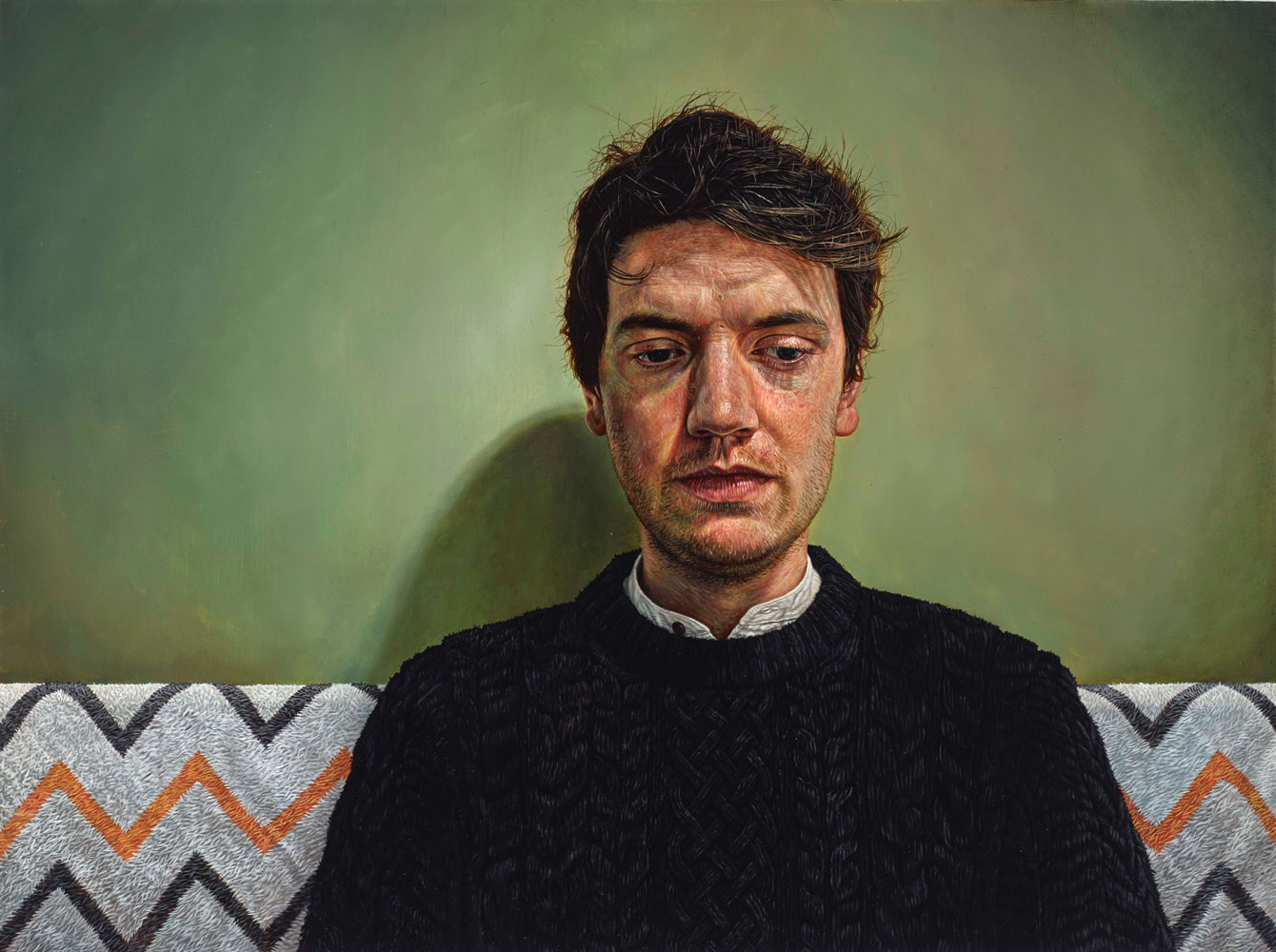
Róisín Kennedy speaks with this year’s winner of the Ireland–U.S. Council and Irish Arts Review Portraiture Award at the Royal Hibernian Academy, Daniel Nelis
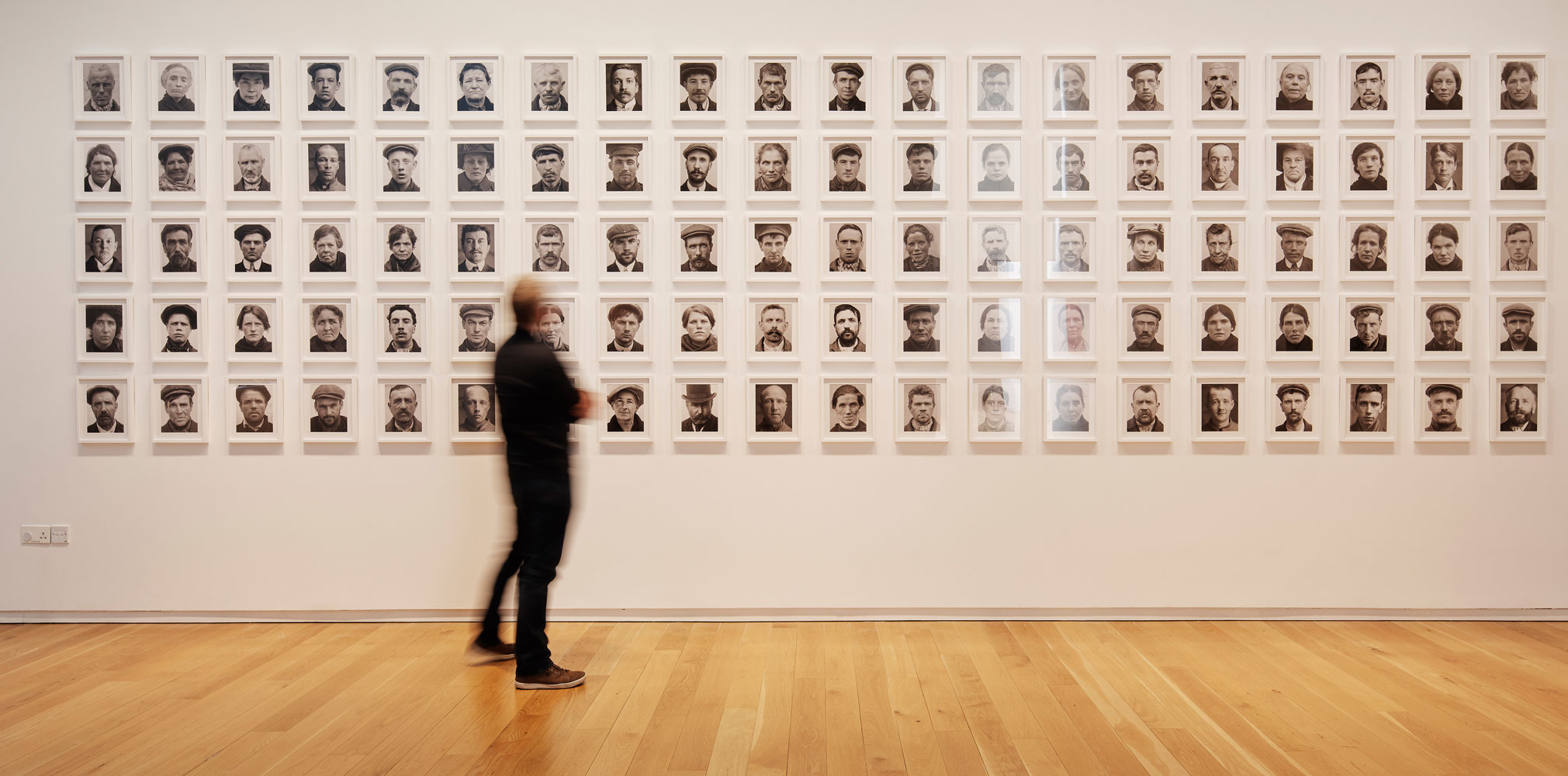
Cristín Leach finds that the exhibition ‘A Matter of Time’ at the Crawford Art Gallery moves from the political to the personal, and the local to the global, without skipping a beat